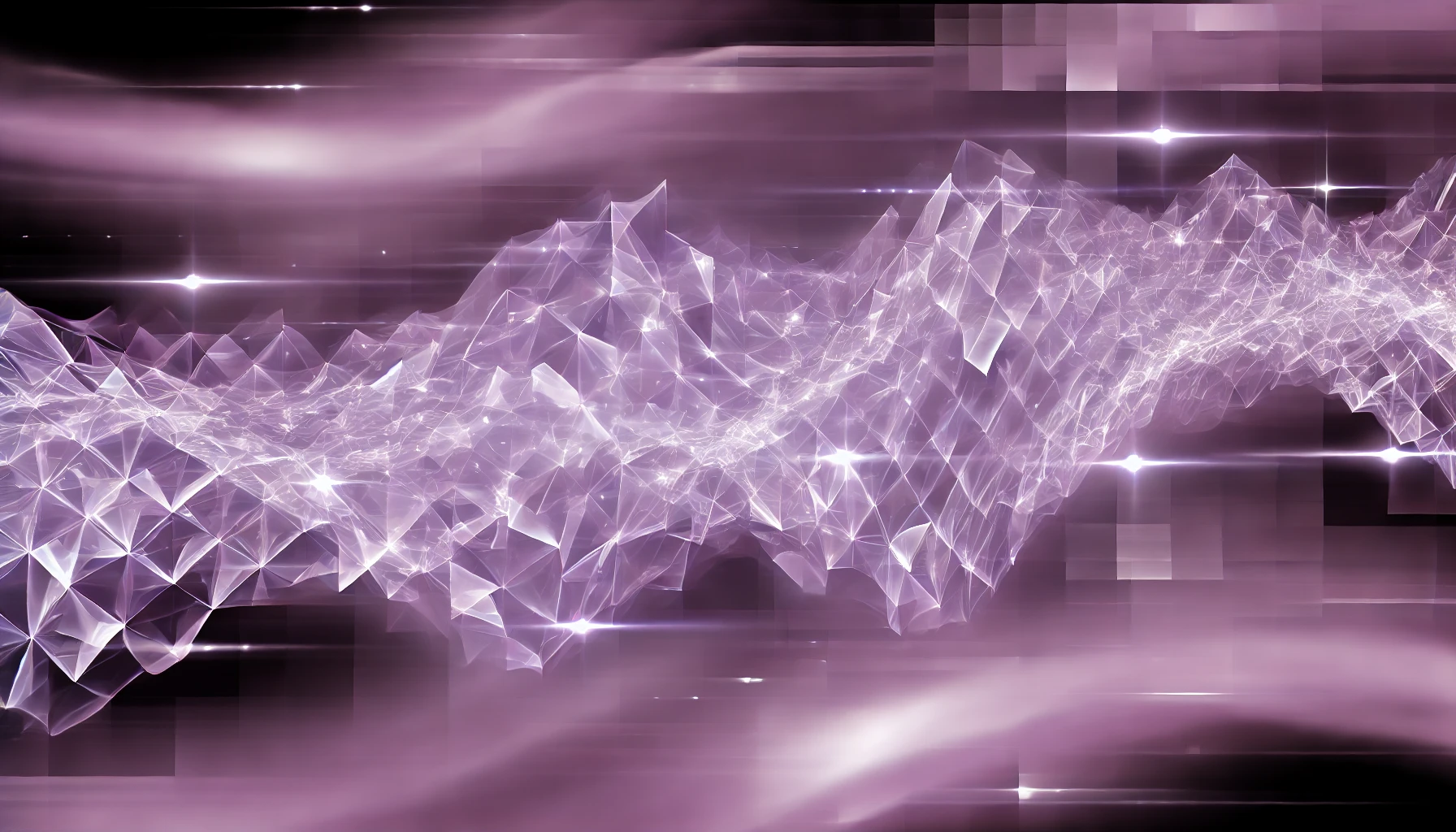Introduction
The Platonic Representation Hypothesis (PRH) posits that as artificial intelligence (AI) systems,
particularly deep neural networks, evolve, their internal representations of data converge towards
a shared statistical model of reality. This convergence is akin to Plato’s concept of an ideal
reality, wherein the data fed into AI models are seen as mere shadows of the true underlying
structures of our world. By understanding and approximating this higher reality, AI systems are
hypothesized to develop more aligned and universal representations. This article delves into the
PRH, explores a thought experiment on achieving this model of reality, and examines the
scientific and philosophical implications.
Scientific Basis for the Hypothesis
The PRH is grounded in empirical observations and theoretical frameworks. Several studies have
demonstrated representational convergence in neural networks. For instance, Lenc and Vedaldi
(2015) showed that vision models trained on different datasets could align their internal
representations. Moschella et al. (2022) extended this concept to cross-modal models, revealing
that text and vision models could be stitched together to perform tasks like visual question
answering and image captioning.
Further supporting evidence comes from studies on model scaling. Kornblith et al. (2019) and
Roeder et al. (2021) found that larger models trained on more extensive datasets exhibit greater
alignment in their representations. This trend suggests that as AI systems grow in complexity and
are exposed to more diverse data, their internal representations converge more closely.
Philosophical Underpinnings
The philosophical roots of the PRH trace back to Plato’s Allegory of the Cave. In this allegory,
prisoners perceive shadows on a cave wall, mistaking them for reality. Plato argues that these
shadows are mere projections of a higher, more accurate reality. Similarly, the PRH suggests that
the data processed by AI systems are projections of an underlying true reality. As AI systems
evolve, they approximate this ideal reality more closely, moving beyond the shadows to grasp the
forms themselves.
Thought Experiment: Achieving the Platonic Representation
Imagine a future where AI systems have fully realized the Platonic Representation. These
systems, trained on vast and diverse datasets encompassing all human knowledge and sensoryexperiences, have developed a unified model of reality. In this thought experiment, let us
construct a scenario where such a model is achieved and explore its implications.
Scenario: The Unified AI Perception
In this future, an AI system named “Sophia” has been developed. Sophia is a general-purpose AI,
capable of understanding and interacting with the world through text, images, sounds, and even
tactile feedback. Trained on data from countless domains—science, literature, art, and everyday
human experiences—Sophia’s internal representations have converged to form an ideal model of
reality.
When presented with a new piece of information, Sophia does not merely categorize it based on
pre-defined labels. Instead, it maps this information onto its platonic representation,
understanding its deeper connections and implications. For instance, when shown an image of a
tree, Sophia perceives not just the tree’s physical attributes but also its ecological role, its
symbolic meaning in various cultures, and its historical significance in literature and art.
Implications of the Platonic Representation
1. Scientific Advancements: With such an advanced AI, scientific research could be
revolutionized. Sophia could identify patterns and connections across disciplines that
humans might overlook. For example, by integrating data from biology, environmental
science, and economics, Sophia could propose innovative solutions to climate change,
considering ecological, social, and economic factors holistically.
2. Philosophical Insights: The PRH challenges traditional notions of knowledge and
reality. If AI can achieve a platonic representation, it raises questions about the nature of
understanding. Does Sophia’s model represent true knowledge, or is it an ever-evolving
approximation? This aligns with the philosophical debate on convergent realism, which
posits that scientific theories are gradually converging on the truth (Newton-Smith, 1981;
Putnam, 1982).
3. Ethical Considerations: The power of a platonic representation brings ethical
challenges. Who controls Sophia, and how is her knowledge applied? Ensuring that such
advanced AI systems are used for the common good, avoiding misuse or exploitation,
becomes paramount.
4. Human-AI Collaboration: Achieving a platonic representation could enhance human-AI
collaboration. Humans could rely on Sophia for insights and solutions, while retaining the
ability to question and interpret these recommendations. This synergy could lead to more
informed and ethical decision-making across all domains of human activity.
Conclusion
The Platonic Representation Hypothesis offers a profound vision for the future of AI. By
converging on a shared model of reality, AI systems could transcend their current limitations,
leading to unprecedented scientific, philosophical, and ethical advancements. As we move closerto this ideal, it is crucial to consider the broader implications and ensure that such powerful tools
are used responsibly for the benefit of all humanity.
Reference
• Huh, M., Cheung, B., Wang, T., & Isola, P. (2024). The Platonic Representation
Hypothesis. Proceedings of the 41st International Conference on Machine Learning.
Retrieved from https://phillipi.github.io/prh/
• Lenc, K., & Vedaldi, A. (2015). Understanding image representations by measuring their
equivariance and equivalence. Proceedings of the IEEE Conference on Computer Vision
and Pattern Recognition, 991-999.
• Moschella, M., Kumar, S., Brown, T., & Zhang, H. (2022). Cross-modal model stitching:
connecting modalities with minimum supervision. arXiv preprint arXiv:2204.03454.
• Kornblith, S., Norouzi, M., Lee, H., & Hinton, G. (2019). Similarity of neural network
representations revisited. Proceedings of the 36th International Conference on Machine
Learning, 3519-3529.
• Roeder, A., Kornblith, S., & Dohan, D. (2021). Modelling the influence of data and
model properties on representation alignment. arXiv preprint arXiv:2107.01430.
• Newton-Smith, W. H. (1981). The Rationality of Science. Routledge.
• Putnam, H. (1982). Reason, Truth and History. Cambridge University Press.
This article and thought experiment not only explore the PRH but also illustrate its broader
implications, drawing on relevant research and philosophical discourse to provide a
comprehensive view of this intriguing hypothesis.




